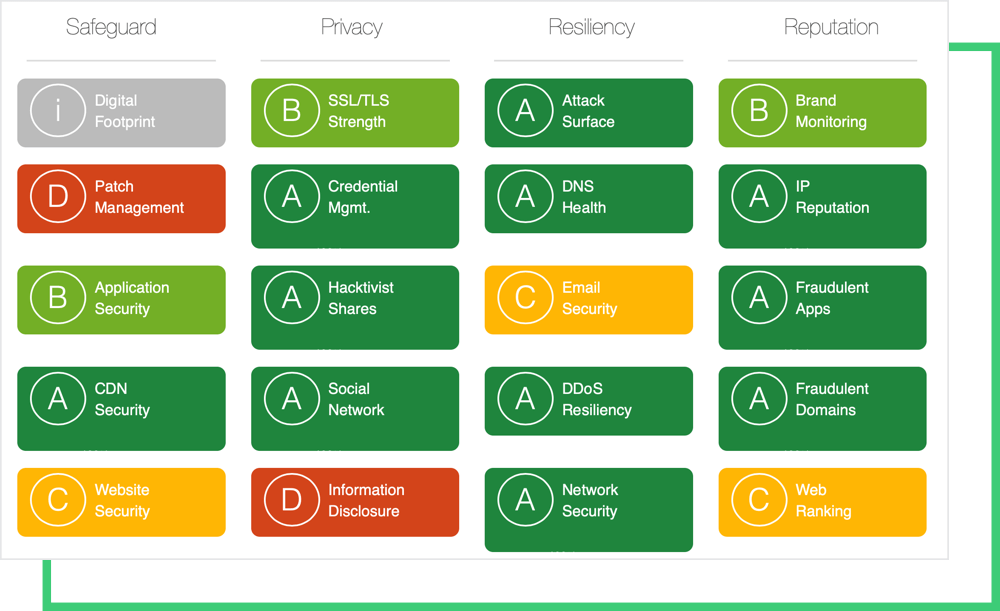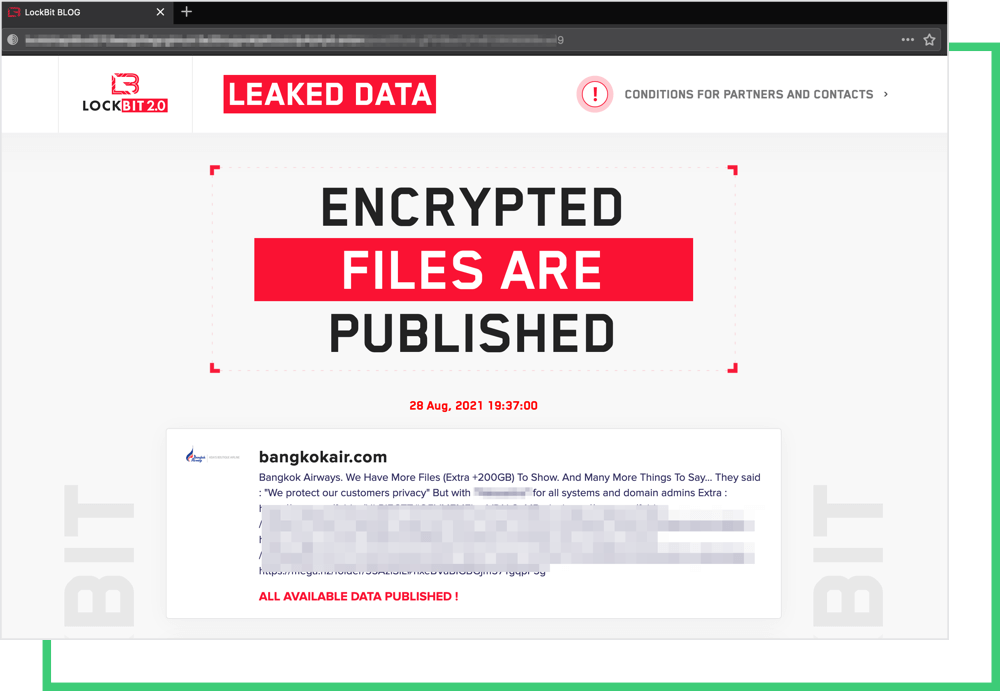Over 40 Million Consumers Affected by the Top Third-Party Data Breaches in August 2021
Written by: Black Kite
It took only four data breaches caused by third parties to compromise over 40 million records last month. The victims spanned a variety of industries— healthcare, insurance, tech and transportation—further proving that vulnerable supply chains come in all shapes and sizes. The aftermath of these cyber attacks, however, seems to tell a different story.
1. The supply chain attack against CaptureRX continues to name its victims, exposing over one million patient records
The number of patients affected by the supply chain attack initiated through Capture RX has now reached 1.6 million. Of the 93% of healthcare organizations that have experienced a data breach over the past three years, this is projected to be the most significant cyber attack the industry has seen to date.
Caholic Health is the latest victim added to the list of those breached with 17,002 Protected Health Information (PHI) records exposed. Catholic Health centers at Mount St. Mary’s Hospital in Lewiston, New York, and Sisters of Charity Hospital in Buffalo, New York, were among the cyber attack victims.
2. Renaissance Life & Health Insurance is the latest to come forward after a possible phishing attack
Renaissance Life & Health Insurance Company of America disclosed that it was compromised by a third-party data breach between March 15 and April 15, 2021. The vendor, Secure Administrative Solutions LLC (SAS), revealed that names, addresses, birthdates, policy numbers, and other health insurance information were at risk.
Insurance companies are also high on ransomware groups’ radar because of the amount of sensitive data that can be leveraged. The attacked third-party, SAS, seemingly paid the ransom and expected threat actors to not leak the data, but counting on threat actors has proven to be a false expectation in many cases.
Black Kite’s technical report of SAS reveals problematic categories that might lure hackers:

- Despite most categories ranking a “C” or above, there are common vulnerabilities that threat actors look for and leverage. Cyber ratings that dig beneath the surface enable companies to analyze those exact vulnerabilities that put their cyber ecosystem at risk, including:
- Out-of-date systems often indicate issues in patch management. Keeping systems updated will help combat these significant issues.
- Poor email security makes an organization vulnerable to phishing scams, the most popular entry points for hackers. Educating employees about how to identify phishing emails and implementing digital securities to notify employees of possible scams will improve email security.
Want to uncover your cyber posture from a hacker’s perspective?
Get a Free Cyber Rating3. A misconfiguration in Microsoft Power Apps leads to a massive data breach of 38 million PII and PHI records
38 million PII and PHI records were exposed in the Microsoft Power Apps breach. Hackers gained access through the Power Apps Open Data Protocols (OData) API that contained an anonymously accessible list of data. Customers of American Airlines, Ford, Maryland Department of Health, New York City Municipal Transportation Authority, and the state of Indiana were among those affected.
4. Ransomware groups stole traveler data from Bangkok Airways
The LockBit ransomware group allegedly stole more than 200GB of data from Bangkok Airways. The leaked data includes full names, nationality, gender, phone numbers, email, addresses, historical travel data, and passport and payment information. Although the cause of the hack is still under investigation, it comes weeks after a Bangkok Airways vendor was attacked by the group.

The average cost of a data breach excluding ransom is the highest it’s been in nearly two decades. With millions of dollars at stake, companies have had to pay the price to protect their data. Even then, full protection and restoration is not guaranteed. The only surefire way to avoid the hefty ransomware price tag is to understand where your biggest risks lie.
Additional Resources
- Stay Updated: List of Data Breaches Caused by Third Parties
- Take a look our research’s team take on the Memorial Health ransomware incident
- Learn More: NASDAQ 100, the State of Cyber Risk and Ransomware Susceptibility

